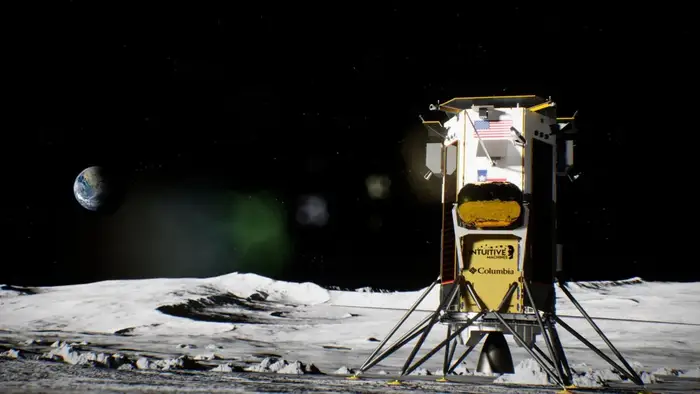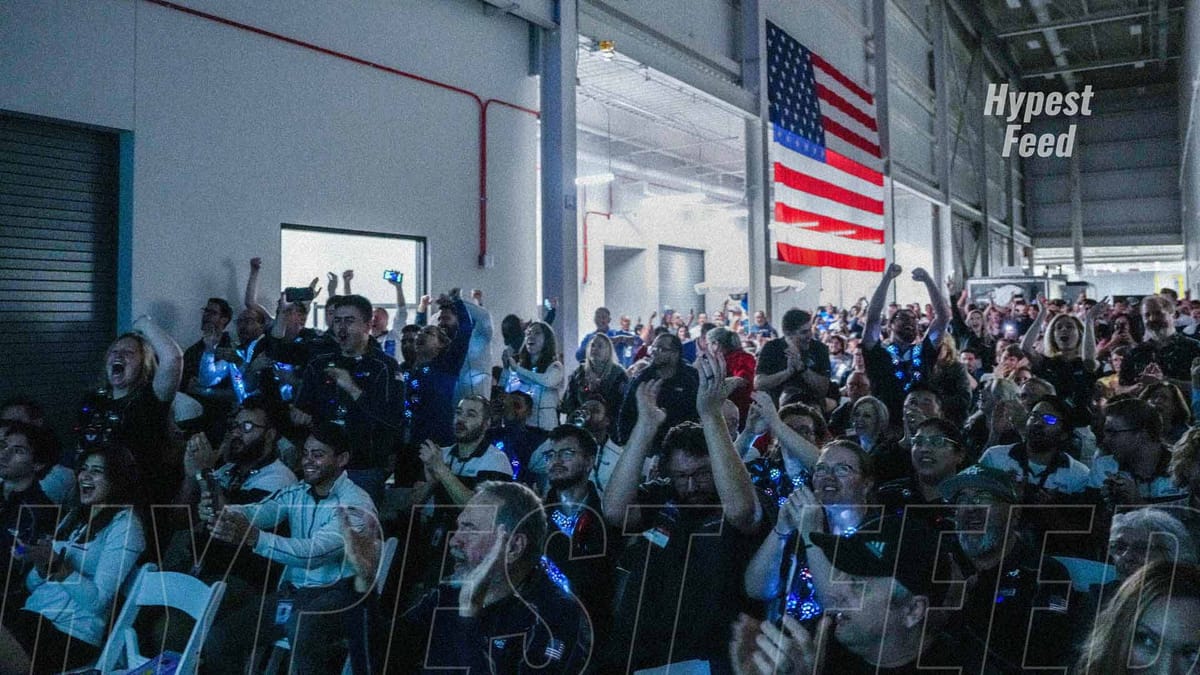"American Company Makes History with First Commercial Moon Landing"
Houston-based Intuitive Machines achieved a significant milestone as its Odysseus robot successfully landed near the lunar south pole. Controllers faced a brief delay before confirming the craft's touchdown, but eventually received a signal confirming the landing.
Flight director Tim Crain declared, "What we can confirm, without a doubt, is our equipment is on the surface of the Moon and we are transmitting," prompting cheers and applause from company staff.
This achievement marks a pivotal moment not only for the commercial space industry but also for the broader US space program. Intuitive Machines' successful landing ends the United States' fifty-year absence from the Moon's surface, with the last Apollo mission in 1972 being the previous instance of American hardware touching down on lunar soil.
Nasa, the US space agency, secured space on Odysseus for six scientific instruments. Administrator Bill Nelson promptly extended his congratulations to Intuitive Machines for what he hailed as a "triumphant" mission.
Nelson remarked, "The US has once again reached the Moon. Today marks the historic occasion where, for the first time, a commercial American company spearheaded and executed the journey to lunar territory. This moment underscores the significance and potential of Nasa's collaborative ventures within the commercial sector."
Before the descent even began, controllers faced a potentially mission-halting technical issue. The Odysseus spacecraft's ranging lasers, crucial for calculating altitude and velocity, malfunctioned.
Thankfully, experimental lasers from Nasa were available onboard, allowing engineers to connect them to the navigation computers as a workaround.
Odysseus successfully landed at 23:23 GMT, but initially, no signal was received from the robot. Anxious moments passed until a faint communication link was established.
This prompted concerns about the lander's status. However, within a couple of hours, Intuitive Machines confirmed that Odysseus was upright and transmitting data, including images.
The chosen landing site was a cratered landscape adjacent to the Malapert mountain complex, standing 5km high. Located at 80 degrees South, it marks the southernmost point ever reached by a spacecraft on the Moon.
This site is among those under consideration by Nasa for potential astronaut missions later in the decade as part of its Artemis program.
Notably, the region features deep craters that remain perpetually shadowed, never receiving sunlight. Scientists speculate that these craters may contain frozen water.




Member discussion: